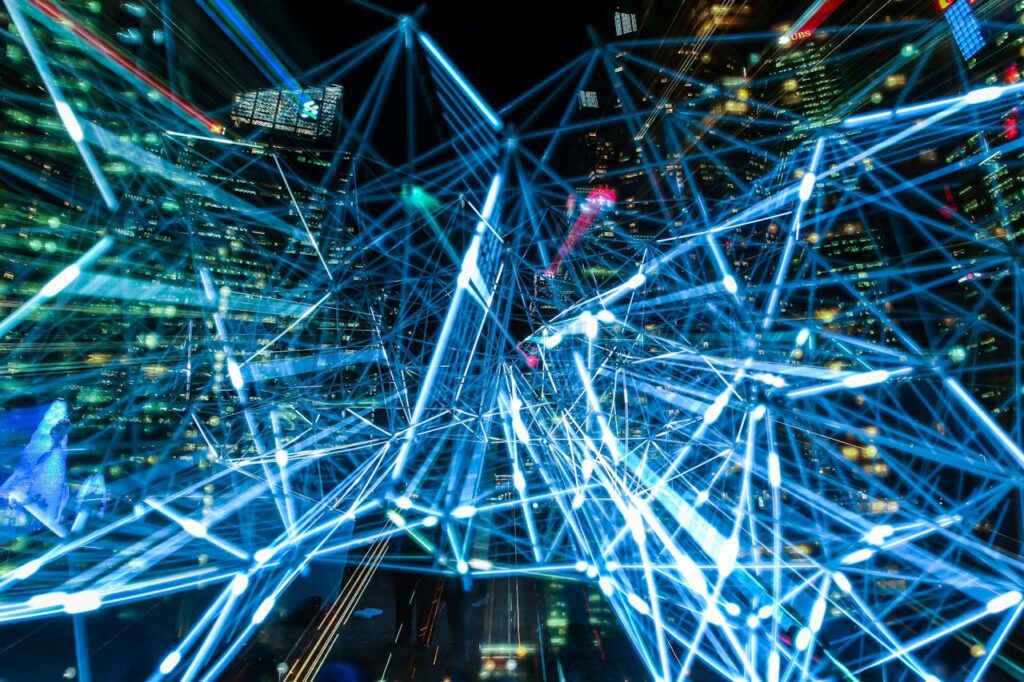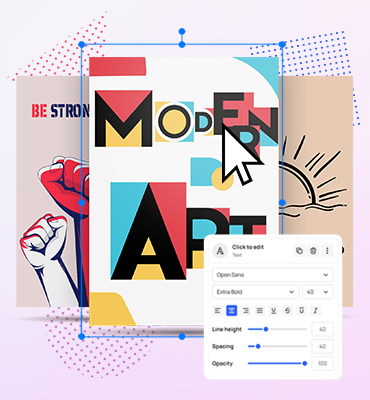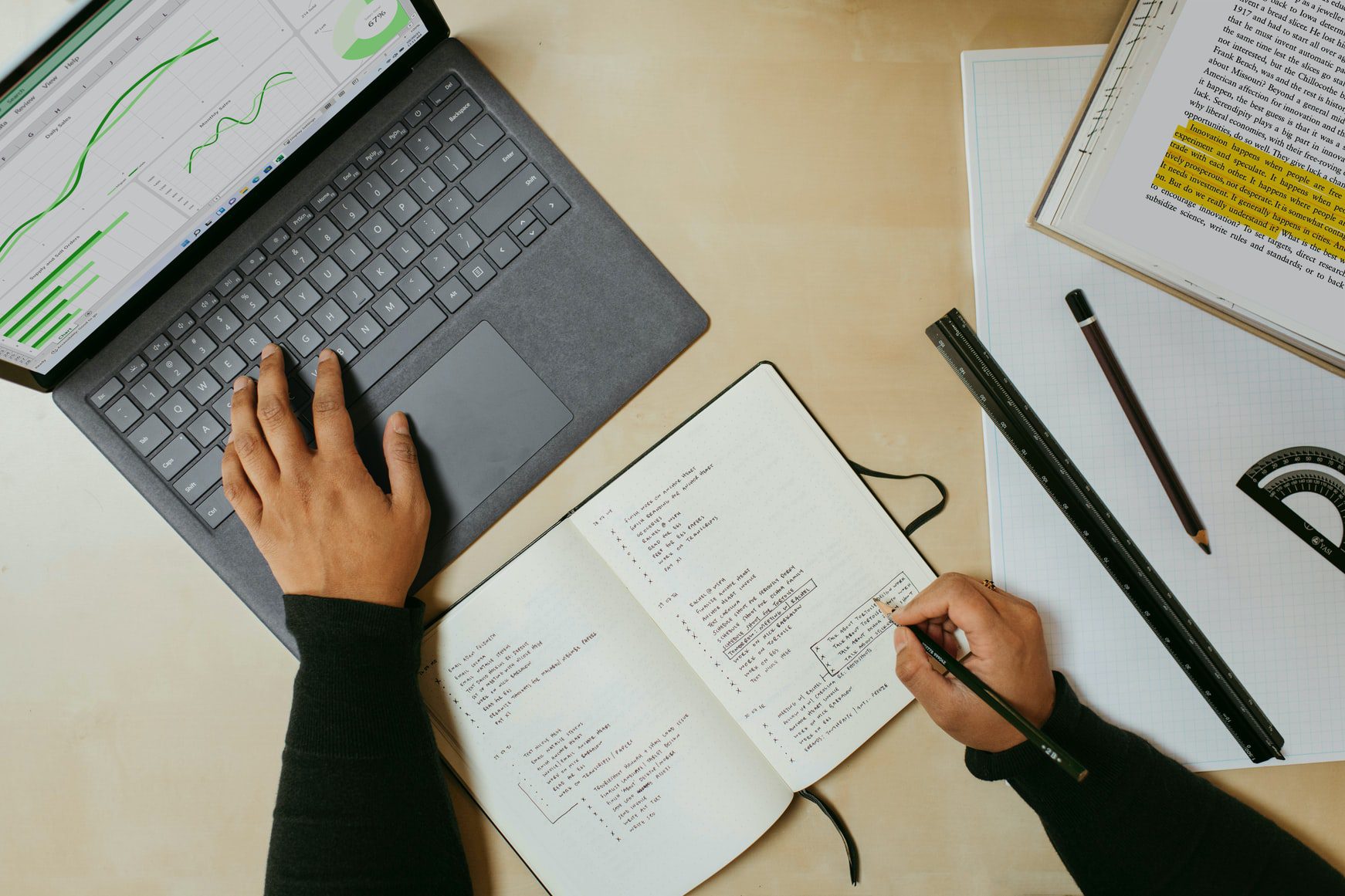AI Unleashed: Designing a New Era in Visual Storytelling

In an era where boundaries between reality and digital creation are not just blurred but obliterated, we find ourselves at the heart of a revolution. With the latest invention from OpenAI, Sora, on the way and considering other AI trends for 2024, the future of visual communication is soon to be changed forever.
This isn’t merely about generating images or videos in a matter of seconds; it’s about crafting narratives that resonate deeply, where precision and creativity merge to evoke emotion and awe.
Not that far from now, designing effective prompts might be a highly valuable skill to have on a résumé.
Even now, familiarity with tools like ChatGPT and Arvin Chat can land you a job in the marketing industry.
Let’s explore how words can become the brush and palette in this new era of storytelling.
Key Takeaways
- AI merges with creative technology to transform imagination into visually striking narratives.
- Prompt engineering guides to produce AI images that resonate emotionally and aesthetically.
- The future of visual storytelling hinges on the precision of prompts in directing AI’s creative outputs.
- AI-driven visual storytelling enhances media through personalized, immersive, and ethically conscious content creation.
The Dawn of Prompt Engineering
Prompt engineering is the ultimate fusion of artificial intelligence and creativity.
Delving into the intricacies of this process, you get a chance to be at the forefront of a revolution that transforms the way stories are told, where the clarity of your input directly shapes the visual output.
This innovative approach requires a deep understanding of how to effectively communicate with AI to create compelling narratives.
Here are four essential aspects to consider in prompt engineering:
- Clear Instructions: You must provide precise and unambiguous directions to guide the algorithm. The specificity of your prompts determines the accuracy of the visual narratives produced.
- Creative Flexibility: Experimentation is key. Feel free to explore various narrative possibilities, adjusting and refining prompts to see how slight changes can dramatically alter the outcome.
- Technical Knowledge: Understanding the capabilities and limitations of AI and how it interprets instructions is crucial. You need to tailor your prompts to align with the technical framework of the AI tool you’re using.
- Iterative Process: Creating visuals with the help of AI is an ongoing process of trial and error. You’ll likely need to revise your prompts based on the outcomes, learning from each iteration to improve future results.
Effective prompts strike a balance between precision and creative freedom that allows AI to explore, yet ensures the output aligns with your vision.
It’s about knowing how much to reveal and how much to conceal, allowing the AI to fill in the gaps with its trained intuition.
Mastering the art of prompt engineering requires a deep understanding of these components:
| Component | Function |
|---|---|
| Scene Setting | Establishes the backdrop and ambiance. |
| Core Objective | Directs focus to the primary subject or action. |
| Contextual Layers | Enhances narrative depth through relevant details. |
| Stylistic Elements | Dictates the visual and emotional tone. |
| Technical Specs | Specifies resolution, aspect ratio, and other parameters. |
Crafting Emotional Visuals
Unlocking the potential of prompt engineering allows you to craft visuals that resonate emotionally, transforming mere images into stories that touch the heart.
This process demands a deep understanding of how emotions can be visually communicated, guiding AI to create images that not only capture attention but also evoke feelings.
Here’s how you can harness this innovative technology:
1. Identify the Core Emotion
Creating visuals that resonate emotionally with an audience starts by identifying the core emotion you want to convey.
To pin down this core emotion, start by asking questions about the story you’re trying to tell or the message you want to get across.
Are you aiming to inspire awe or perhaps provoke thought? Maybe you’re looking to ignite a sense of nostalgia or summon a burst of joy.
The clearer you are about the emotional target, the more effective your visual will be in striking a chord with viewers.
Once you have identified the core emotion, every decision you make — from color schemes and imagery to typography and layout — should aim to enhance this feeling.
2. Incorporate Dynamic Elements
Elements like color, light, and composition bring life to images and stories, making them more than just a static picture. They create a sense of movement that captivates viewers.
For example, different colors can evoke different emotions, just as various images can speak to diverse experiences. Warm tones might evoke feelings of happiness or comfort, while stark contrasts may suggest drama or tension.
3. Employ Symbolism and Metaphor
Symbolism and metaphors can transform ordinary images into evocative stories that stir the emotions of your readers.
Symbolism involves using objects, characters, or actions to represent ideas or concepts greater than themselves. A simple rose can symbolize love, beauty, or secrecy, depending on how it’s presented in the image.
Metaphors take this a step further by asserting a direct comparison between two seemingly unrelated things, suggesting that one is another to highlight shared qualities.
Asking AI to create an image of a watch dressed as a thief would compare ‘time’ with a ‘thief,’ implying that time steals moments from our lives just as a thief would steal valuables.
When used thoughtfully, symbolism and metaphor enrich storytelling. They help paint emotional landscapes and bring abstract ideas to life.
4. Refine With Iterative Feedback
Iterative refinement through feedback loops allows you to fine-tune the emotional resonance of your visuals.
At the core of this process is the idea of trial and error.
You start with a concept and turn it into a visual piece. Then, you share it with your viewers.
Their reactions, whether positive or negative, are invaluable.
Based on their feedback, you make changes to your work. This cycle repeats, helping your visuals to resonate more deeply each time.
It’s essential to be open-minded and receptive to feedback. Remember, the goal is to evoke emotions and connect with people on a personal level. By fine-tuning your work based on actual responses, you’re more likely to achieve this.
Precision in AI Guidance
Harnessing the power of prompt engineering demands meticulous attention to detail, ensuring every word guides AI towards your creative vision with precision.
It requires taking on the mantle of an architect of language, constructing blueprints that direct AI’s capabilities with an unprecedented level of specificity.
Each term, punctuation, and stylistic choice you make serves as a coordinate on the map you’re handing over to the AI, guiding it through the terrain of your imagination.
You’re tasked with a balancing act: being as detailed as necessary to avoid ambiguity, yet not so prescriptive that you stifle the AI’s creative algorithms.
This is where technical knowledge intersects with artistic intuition.
You learn to specify not just what you want to see, but how it should feel, leveraging the AI’s understanding of context, style, and emotion to align with your objectives.
As you refine your prompts, you’re also training the AI, contributing to a symbiotic growth. Each project becomes a step towards more nuanced, expressive, and impactful visual storytelling.
Overall, AI is the gateway to excellence in storytelling. Furthermore, it is also super helpful when it comes to storytelling on social media which is done via captions mostly, as there are great options available such as AI caption generator.
Wrapping Up
It’s clear that prompt engineering is reshaping visual storytelling, blending AI’s computational prowess with human creativity to unlock unprecedented potential.
Crafting prompts that evoke deep emotions and vivid images requires a nuanced understanding of both language and visual elements.
As we refine our skills in guiding AI, the boundary between the imagined and the real blurs, heralding a new era where art and technology coalesce to produce masterpieces that resonate on a profoundly human level.
Frequently Asked Questions
How Does the Integration of AI in Visual Storytelling Impact Copyright and Intellectual Property Laws?
AI’s integration in visual storytelling blurs lines between original and generated content, pushing for innovative frameworks to protect creators and users alike. We can expect many copyright and image license laws to change to adapt to this new situation.
Can AI in Visual Storytelling Contribute to Cultural Preservation?
Many people are wondering if AI in visual storytelling could either preserve culture or lead to its homogenization. In truth, it’s a double-edged sword; AI can archive diverse narratives but might also streamline stories, risking cultural uniqueness.
How Do Advancements in AI Visual Storytelling Technology Affect Job Opportunities for Traditional Artists and Designers?
AI advancements in visual storytelling reshape job landscapes, pushing many artists and designers to adapt and innovate.
What Measures Are Being Taken to Ensure That AI-Generated Visual Content Does Not Propagate Biases or Stereotypes?
To prevent bias, developers are now prioritizing the inclusion of diverse data sets. This means gathering images and visuals from a wide range of sources and cultural backgrounds, ensuring a well-rounded perspective.
Transparency plays a crucial role as well. Companies and researchers are becoming more open about how their AI operates.
Collaboration between human moderators and AI is another effective strategy.
Human oversight ensures that AI-generated content aligns with ethical standards and societal norms. Moderators can flag content that AI overlooks, blending human intuition with machine efficiency.
How Can Consumers Discern Between AI-Generated Visuals and Human-Created Artworks in Media and Entertainment?
First off, look for imperfections. Human-made art often has small flaws or unique touches — these are signs of the artist’s personal style and humanity.
On the other hand, AI-generated visuals might be a bit too perfect. They sometimes lack those tiny quirks that make human-made art special.
Besides, you can distinguish AI-generated visuals from human-created artworks by examining intricacies like texture and creativity nuances. AI tends to follow patterns, while human art often showcases unique, unpredictable elements driven by emotion and experience.
Understanding the context can also give you clues. If an artwork is part of a larger story or message, especially if it’s complex or nuanced, a human artist is likely behind it. AI tends to work well with straightforward tasks but doesn’t always grasp layered meanings or intricate narratives.
Related articles
Visualize your design Use a product mockup to showcase your design

Create your design Use our templates to create delightful designs for any medium




